While many restaurants and bars—now effectively closed due to COVID-19—only offering take-out and delivery options, people around the world have been lining their shelves with “pandemic pantry” items. Rice, beans, pasta and frozen vegetables are flying off shelves, along with fruit snacks, pretzels and oat milk (all of which are seeing unit growth during this time according to a Nielsen study released on March 2, with oat milk seeing a spike of over 280 percent in sales).
During a time when taking care of ourselves isn’t just a personal decision, but a public health responsibility, we sat down with Los Angeles-based nutritionist Liz Voosen to discuss foods on which to focus for immunity, and preventative and restorative health properties.
Bone Broth
“One of the very top foods for keeping people healthy, and for helping people who are not so healthy, is broth,” Voosen says. “Broth is one of those traditional health foods you find across the world in all different cultures and cuisines. We’ve been cooking it for thousands of years to maintain our health.”
In particular, she tells me, “Eighty percent of our immune system is in our gut. We really want to treat it well, we want to provide what it needs, and broth has a lot of collagen and amino acids in it.” While she says vegetable broths can be great for adding flavor, they don’t have the same effect. “Vegetable broths are tasty, but they are not going to have quite the same immune-boosting strength.” Instead, she says, focus on those made from chicken, beef, lamb or fish.
Broths can be home-cooked or sourced in shelf-stable canned and carton varieties. “It’s so versatile,” she says, citing a variety of uses—in the form of soup, as a cooking liquid in place of water for grains like rice, or even by the mugful. “You could say it’s possibly the first health food ever made by humans,” she says. “And it’s given out freely by grandmas around the world.”
Garlic and Ginger
With respect to herbs, Voosen emphasizes the effectiveness of garlic and ginger as immune-boosting ingredients, both of which also have a long culinary history. “Garlic has been used for thousands of years, and it’s got sulfur compounds in it—the most well known is allicin,” she says.
In the kitchen, garlic is adaptable to many cuisines and preparations, and is as effective whether it’s raw, cooked, smashed, whole or roasted. Ginger also has specific superpowers as a health food. “It’s anti-inflammatory, and it’s got antimicrobial properties, so it’s a great health and immune booster,” Voosen says. It’s a flavorful and versatile ingredient as well. Voosen suggests preparations from soup, stir fry and sautéed vegetables, to juice and tea—or even as an addition to baked goods like muffins or cookies. In the case that a ground version is the only available option, Voosen says both fresh ginger or dried ginger make an equal impact.
Eat the Rainbow
When it comes to produce, Voosen says it’s as important as ever to “eat the rainbow,” meaning stacking your diet with colorful fresh fruits and vegetables like citrus fruits, blueberries, strawberries, blackberries and bell peppers. “These are all packed with vitamin C, they’ve got antioxidants, they’re really healthy for you, and we want health-boosting properties right now,” she says.
Although when it comes to fresh food, she notes particular challenges shoppers may be facing right now. “I went to the grocery store three days ago and they [didn’t have] carrots. I’m finding that right now, I’m having to swap things out,” she says. “I’d go with what’s in season. That’s most likely what you’ll find American grown and shipped.”
Vitamin A
“Vitamin A is really important for immune health,” Voosen says. She explains two forms of vitamin A are found in food: the first is retinol and the second, beta carotene. The latter, she says, must be converted to the active form of vitamin A by the body, but we can find the active form of vitamin A—retinol—from animal sources. “The highest vitamin A food out there is liver. Liver pâté is awesome,” she says. “It doesn’t need that conversion process which some people struggle with and don’t do efficiently.”
“In one ounce of beef liver, there is 178 percent of your recommended daily allowance,” she says. “Beef livers are the highest, but you can do chicken or duck.” She explains that the organs of animals are incredibly rich in vitamins, much more so than muscle meat. Vitamin A, and to a degree, vitamin D, can be stored in the liver
But she acknowledges that not everyone has access to (or enjoys) liver, in which case, “Go to beta carotene. Carrots, butternut squash, apricots and sweet potatoes all have tons of vitamin A,” she says. “Apricots, carrots—they’re not all orange. Kale has vitamin A too.” She suggests a few simple home preparations, like sweet potato fries, or butternut squash soup that combines both squash and broth—which can include garlic and ginger as well.
Salmon and Tuna
“Vitamin D is really important for the immune system, as well as for bone health and brain health,” she says. Because of low sunlight, winter months often leave many with depleted levels of vitamin D. “In a few months, we’ll all be able to go out into the sun and get some vitamin D. But for now, food sources are the way to go.” Voosen says one of the most substantial sources is wild-caught salmon. “About three ounces will have over one hundred percent of your daily recommended amount of vitamin D,” she explains. Tuna, she says, also offers about a third of a daily value of vitamin D.
Lamb, Grass-Fed Beef, Oysters
“Zinc supports a healthy immune system,” Voosen says. “It can help prevent colds and flus, and help lessen the severity of colds and flus.”
Lamb and grass-fed beef are both strong sources of zinc. Voosen says lamb has about forty-five percent of your daily value, while grass-fed beef has about thirty percent. With that being said, they’re no competition for a small but mighty source. “They’re topped by oysters, which have about one hundred to two hundred percent of your daily value,” she explains. Pumpkin seeds contain zinc as well, and Voosen suggests working them in as a salad topper or snack.
Grains and Beans
Voosen considers grains to mostly be functional in terms of making a meal more filling, but recognizes their value when cooking from the pantry. “They stretch your food,” says Voosen. While she doesn’t feel grains are especially high impact nutritionally, there are ways to add value. “I like the idea of using rice and cooking in broth instead of water for boosting nutrition,” she suggests.
Beans have seen more than a ten percent spike in sales, and Voosen suggests a familiar preparation can not only use up some of your reserve, but incorporate a number of the items she’s referenced throughout. A chili, for example, could incorporate bone broth, as well as sweet potatoes, carrots, beans, kale, garlic and peppers.
Eating for Emotional Health
Beyond physical health, Voosen is keen to remind us of the connection between mental health and diet, especially during a time when things are uncertain and many are experiencing feelings of loneliness, isolation and anxiety.
“If we make healthy food choices during this very bizarre time we’re in, we’re going to weather the stress of it better,” she says. “You’re going to feel better if you eat well. You’re going to sleep better. You’re going to feel more like getting exercise.” She points out the tendency and impulse to indulge under such circumstances. “They’re disoriented,” she says. “And you can have that moment. But your mood is going to be more stable if you’re not comfort food or sugar binging.”
She emphasizes the impact of “gut health” and that of the brain. “You want a healthy gut and healthy digestion to have healthy brain function,” she says. “Our foods do impact our mood.” That link is critical to our emotional well-being. And of all the foods that will take a toll on both our physical and mental health, she points to a common culprit: “Avoid lots of sugar. Both emotional health and physical health will be better without a steady diet of sugar all day long.”
Planning ahead will help home cooks eat well and stay balanced emotionally and physically. She recommends, “Buy healthy foods because that’s going to help your mood and your psychological state during this stressful, bizarre time.”
Much of the workforce is unaccustomed to spending significant amounts of time at home, and cooking is a way to create a feeling of comfort and familiarity in a scenario that can suddenly feel very foreign. “Make the house smell good, enjoy the coziness of being in the kitchen. Enjoy the smells,” Voosen recommends. “We can get a little sensory deprived being in the house, so getting in the kitchen and diving in with all of our senses is really satisfying.”
Vossen also sees this as a time to reset and instill some good practices going forward. “Look at this as an opportunity to be in the kitchen and cook,” she says. “One of the healthiest things you can do is cook at home, because you’re cooking from real ingredients.” This is an chance, she says, “To come out of this thing actually maybe even healthier.”
Finding Comfort in Food
For sources of inspiration in an uncertain time, she suggests we look into our own histories and foundations. “Dig back in your past and look at those traditional recipes your mom made or your grandma made—the things that take three hours that you never have time for that everybody loved,” Voosen recommends. “Dig into those family recipes as comfort food.” Voosen says she believes the comfort in those traditions is a different take on “comfort” food, rather than relying on sugary or decadent dishes. But she does leave room for an occasional treat, and encourages those to be homemade when possible. “Don’t worry about everything being one hundred percent healthy,” she says. “If that recipe is grandma’s famous ginger snap cookies, make those.”
While many are concerned about finding ways to exercise or expel energy, Voosen also makes the connection between eating well and increased activity. She acknowledges that depending on government regulations, mobility may be restricted at the moment, but we can still find movement in the kitchen. “Getting up and working in the kitchen for a couple of hours every morning or afternoon, that’s moving around,” she says. An hour of vigorous housekeeping can be a good workout, and cooking is not far behind. “You might have a sparkling house and a kitchen overflowing with delicious things if you rig this thing right,” she says. For those at home with children, she encourages involving them as well.
But Most Importantly
At the end of the day, Voosen encourages a return to the most restorative and time-tested dish, which has interpretations around the world: chicken soup. “It’s the most immune boosting. It’s familiar and simple. And it requires ingredients we almost all have access to: chicken, onions, celery, carrots, garlic, salt and pepper,” she says. “You can dress it up with extra ingredients and herbs, but basic chicken soup is probably the most homey and health-boosting food out there. Sometimes the simple thing is the right thing.”





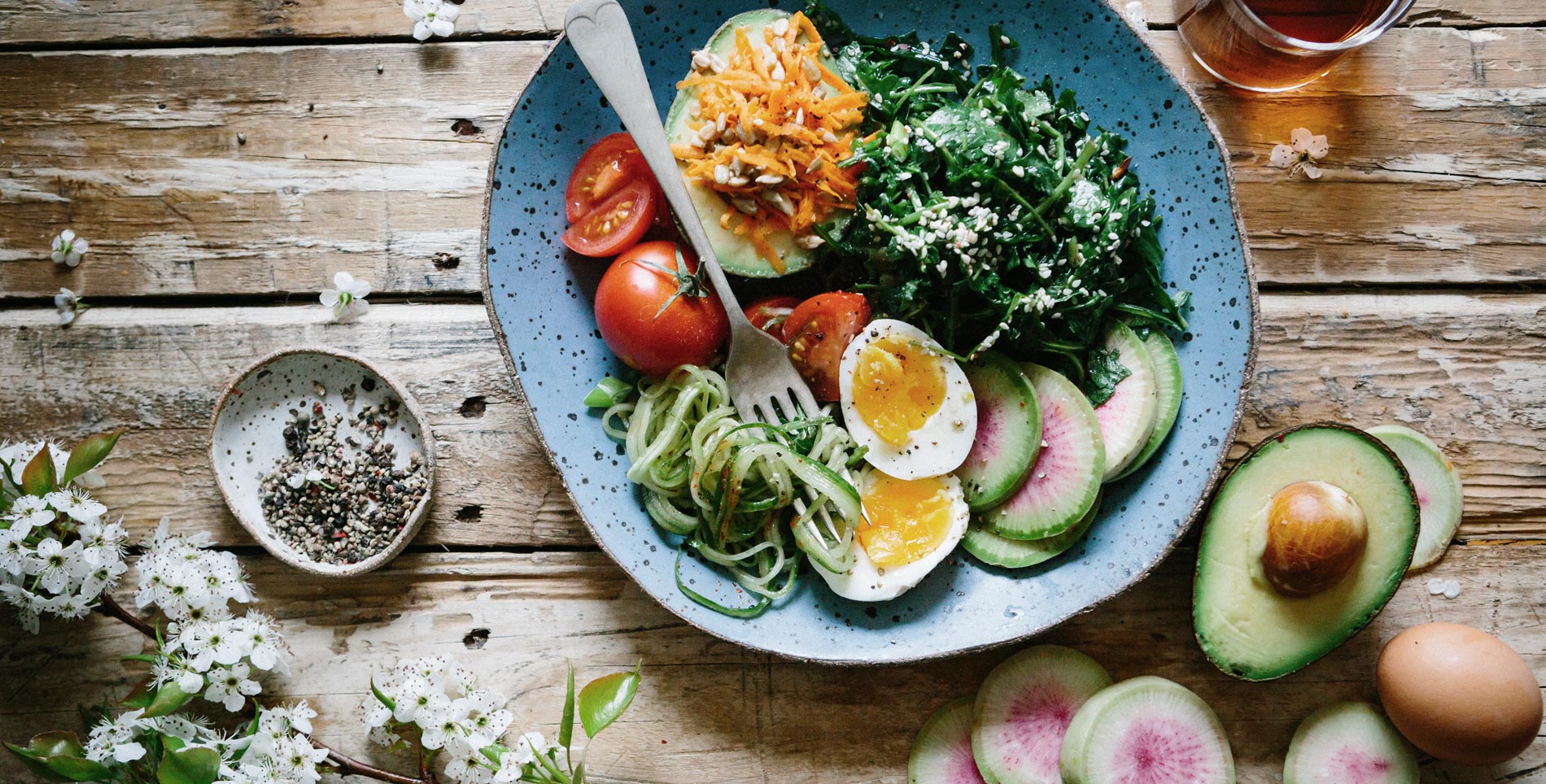
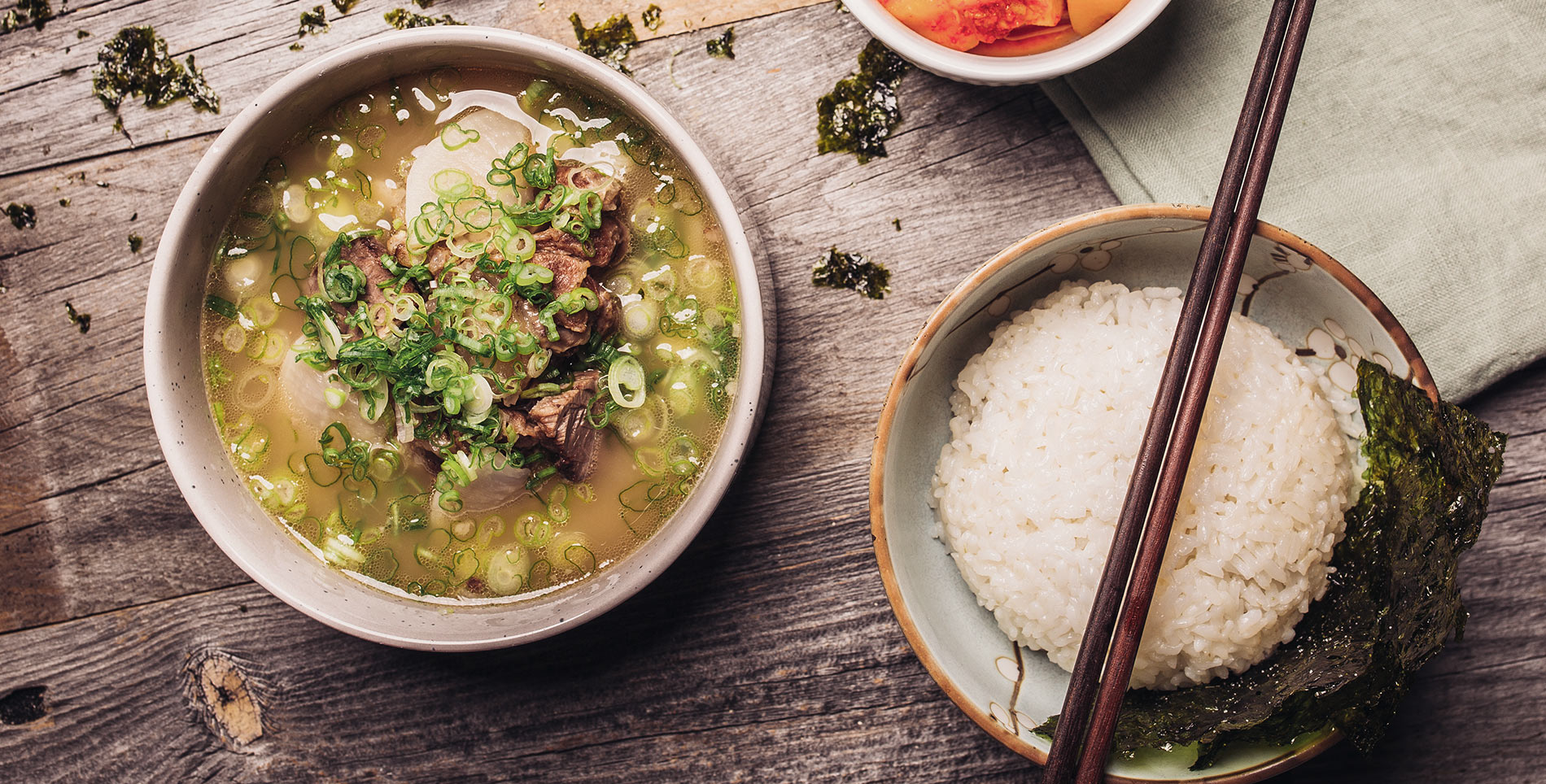
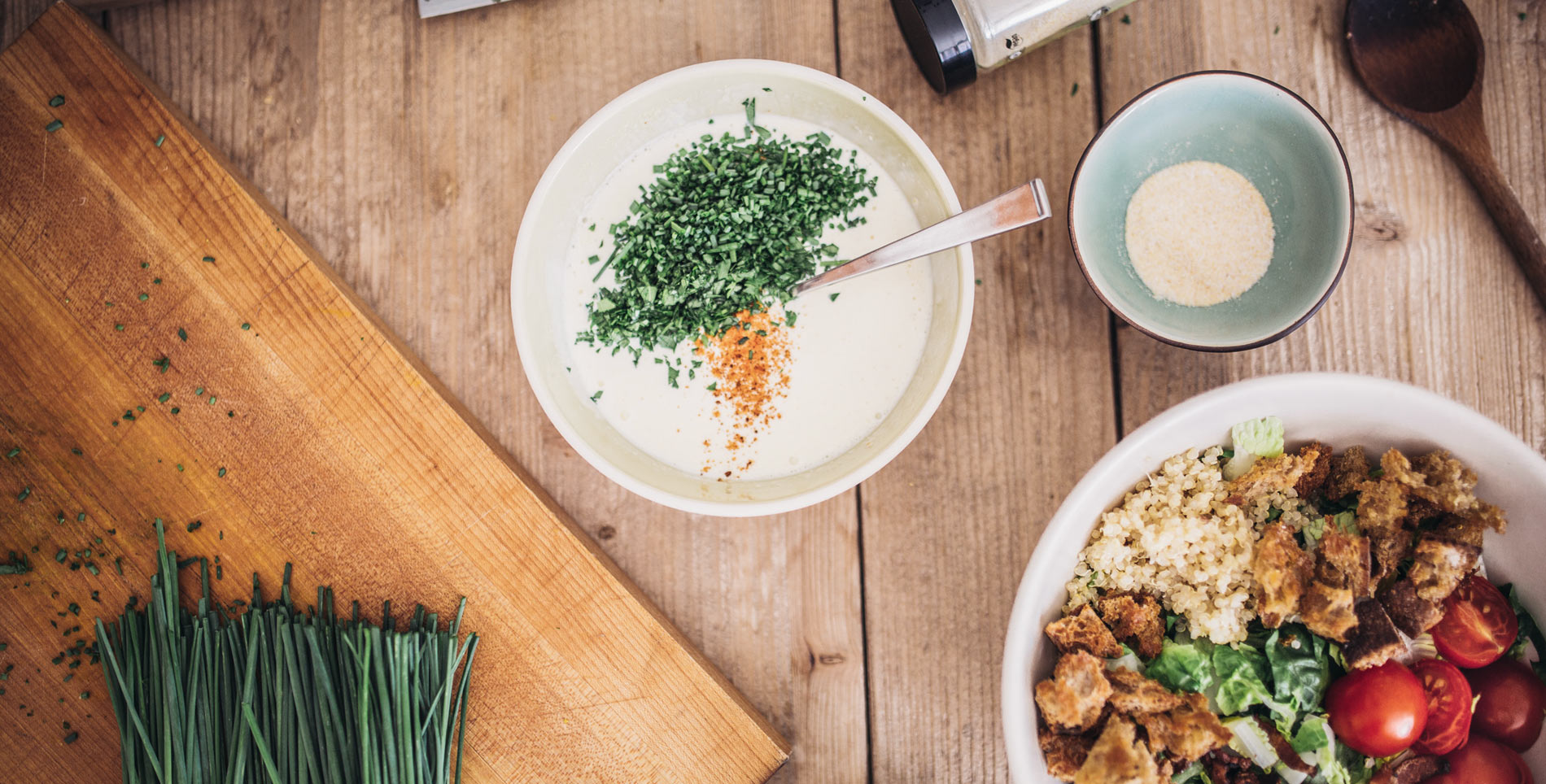
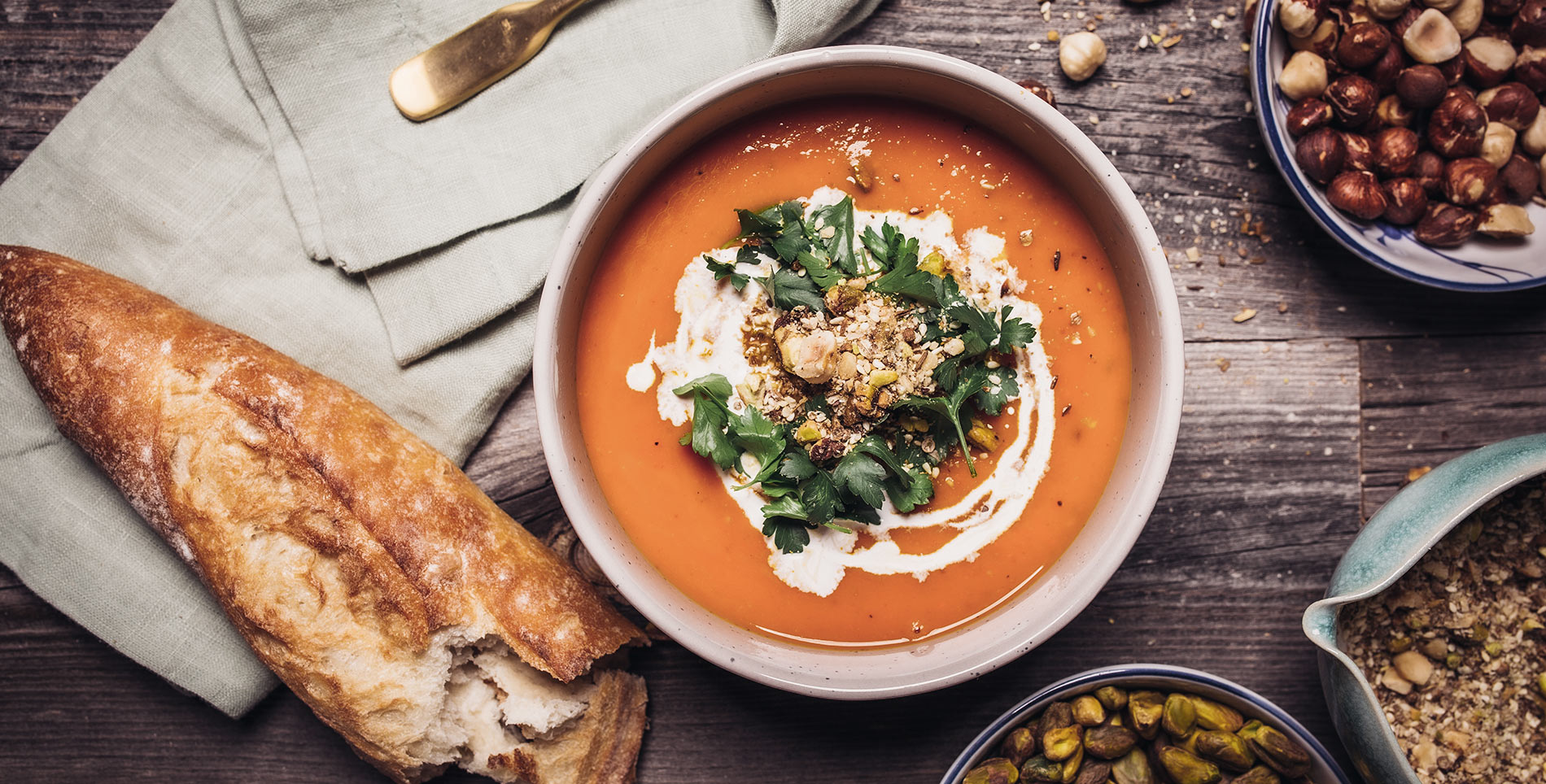
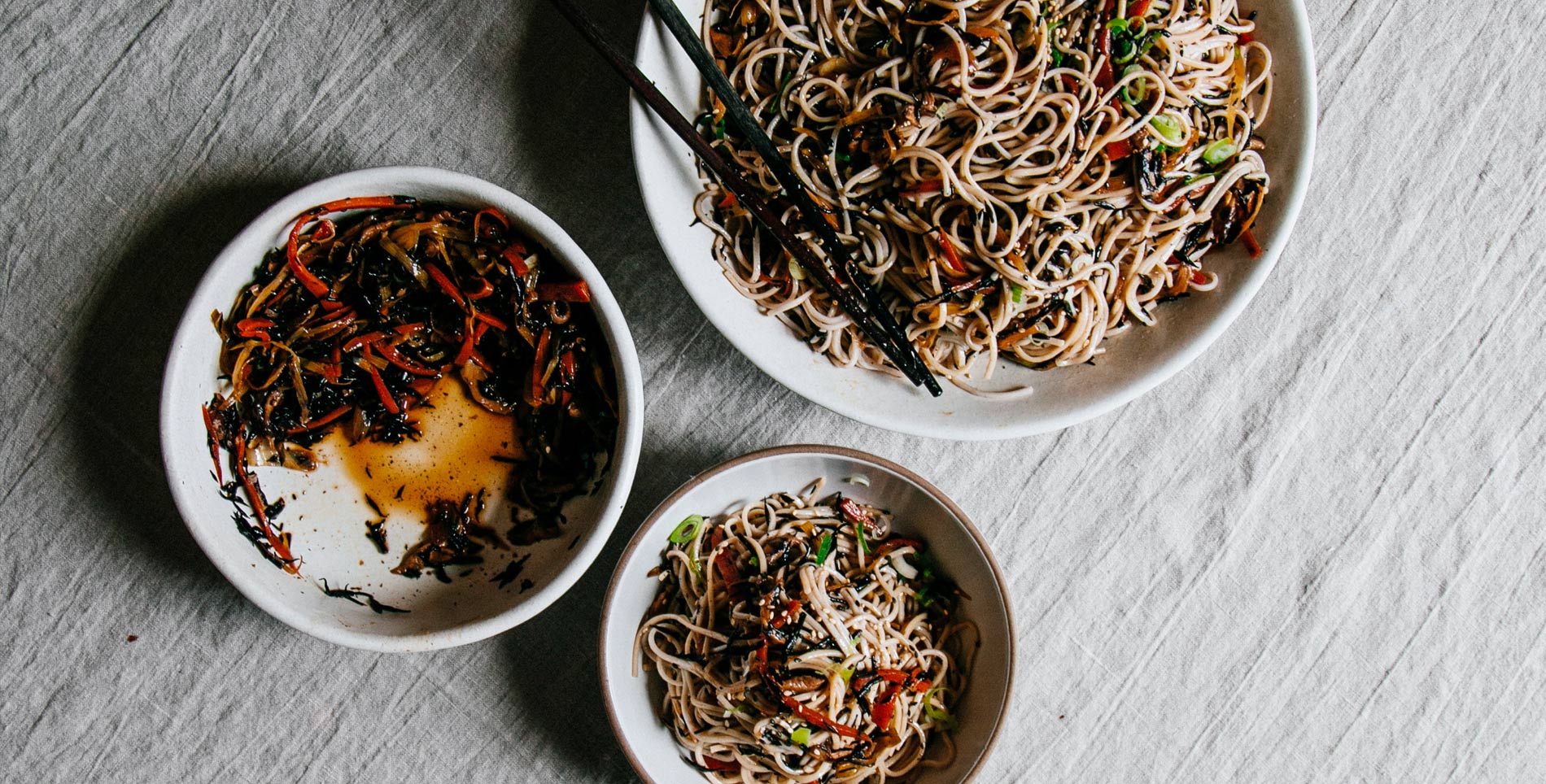

Our comments section is for members only.
Join today to gain exclusive access.